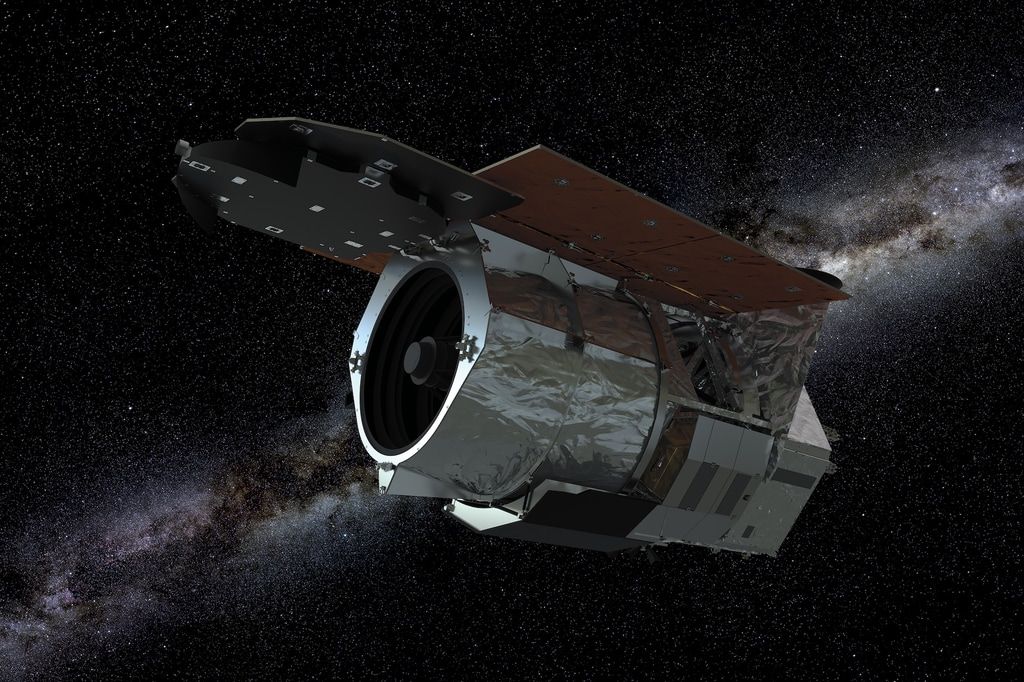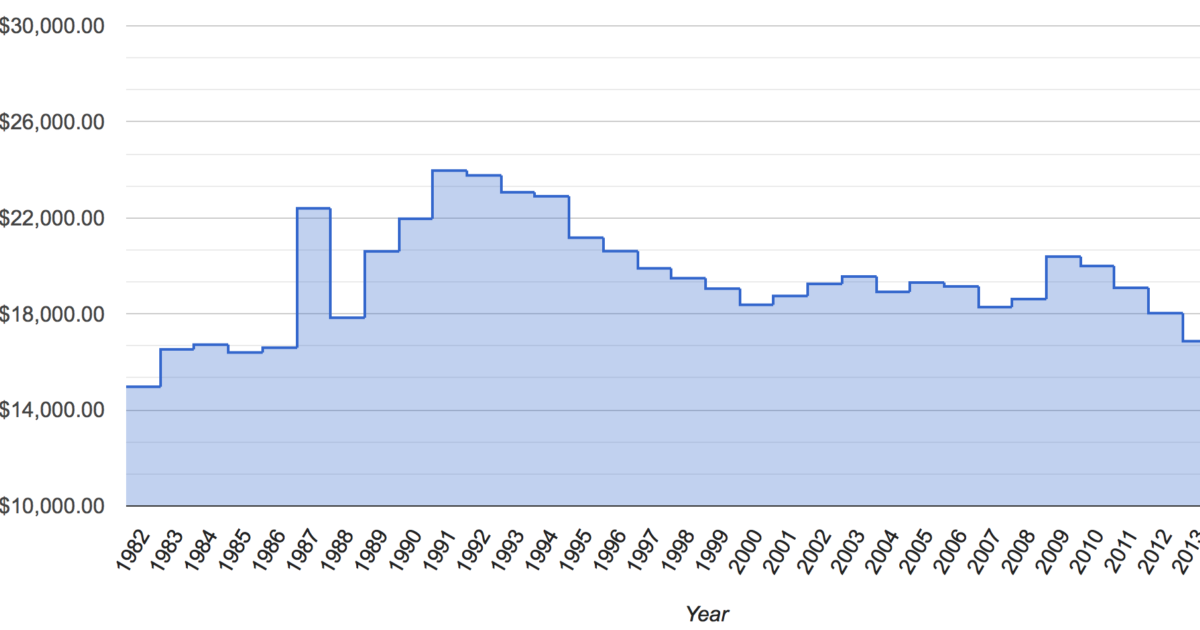
Harmful algal blooms (HABs) affect fisheries, tourism and human health due to the harmful toxins they disperse. Next-Generation Hyperspectral Approaches to Detect Harmful Algal Blooms, College of Charleston - Host Site: NASA Ames Research Center This fellowship will advance the knowledge of synthetic aperture radar-based flood mapping by developing and validating state-of-the-art computational tools, create effective disaster response strategies during floods, and educate underserved students in the field of hydrology, remote sensing and natural hazards. This fellowship aims to study the erosive wear of additively manufactured components and develop predictive models to determine the damage caused by erosion.Įnhancing Flood Detection and Mapping by Using PolSAR, Metaheuristic and Deep-Learning Algorithms, University of Hawaii at Mānoa - Host Site: NASA Marshall Space Flight Center Investigation of Erosive Wear Resistance of Ceramic Parts Produced by Additive Manufacturing, University of Alaska Anchorage - Host Site: NASA Marshall Space Flight Centerīefore successfully integrating additively manufactured components into space missions, their structural integrity under various environmental conditions must be examined. Through the development of "Descriptron," a groundbreaking artificial intelligence tool, this fellowship will use NASA's advanced imaging technology to automate the capture and description of arthropod morphological features to better understand biodiversity and accelerate the identification of undiscovered life on Earth. The awardees and summary of each project are listed below:Īutomating Character Extraction for Taxonomic Species Descriptions Using Neural Networks, Transformer and Computer Vision Signal Processing Architectures, University of Puerto Rico at Mayagüez - Host Site: NASA Marshall Space Flight Center "These fellowships are not just about funding they are about fostering meaningful, transformative collaborations that enrich the landscape of STEM research." "The success of this year's joint NSF and NASA faculty fellowships highlights the remarkable dedication and ingenuity within the scientific community," said Kathleen Loftin, project manager of NASA's EPSCoR. While building research capacity at their home institutions, fellows will learn new techniques, develop new collaborations, advance research partnerships, access unique equipment and facilities, and shift their research toward transformative new directions.

STEM faculty research fellowships will take place at NASA's Ames Research Center, Glenn Research Center, Goddard Space Flight Center, Marshall Space Flight Center and Jet Propulsion Laboratory. The Research Infrastructure Improvement Track-4: EPSCoR Research Fellows awards will fund principal investigators from institutions with high enrollments of students from underrepresented populations in STEM. workforce through collaborative research at the federal government level and improve the research capacity of their home institutions and jurisdictions more broadly."

"This dual agency partnership will also help diversify the U.S. "With access to NASA facilities and equipment, research investigators from EPSCoR jurisdictions will be able to solve challenging problems and solidify lifelong research partnerships," said NSF Director Sethuraman Panchanathan. states and territories and develop the next generation of leaders in STEM. This investment, in collaboration with NASA, aims to strengthen research infrastructure and advance STEM talent development at nine institutions in seven U.S. National Science Foundation has invested over $2.7 million in 10 projects through the Established Program to Stimulate Competitive Research (EPSCoR).


 0 kommentar(er)
0 kommentar(er)
